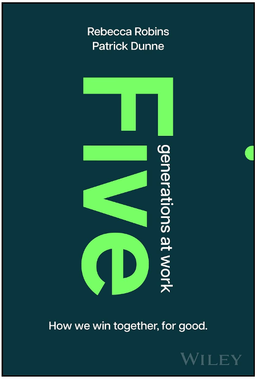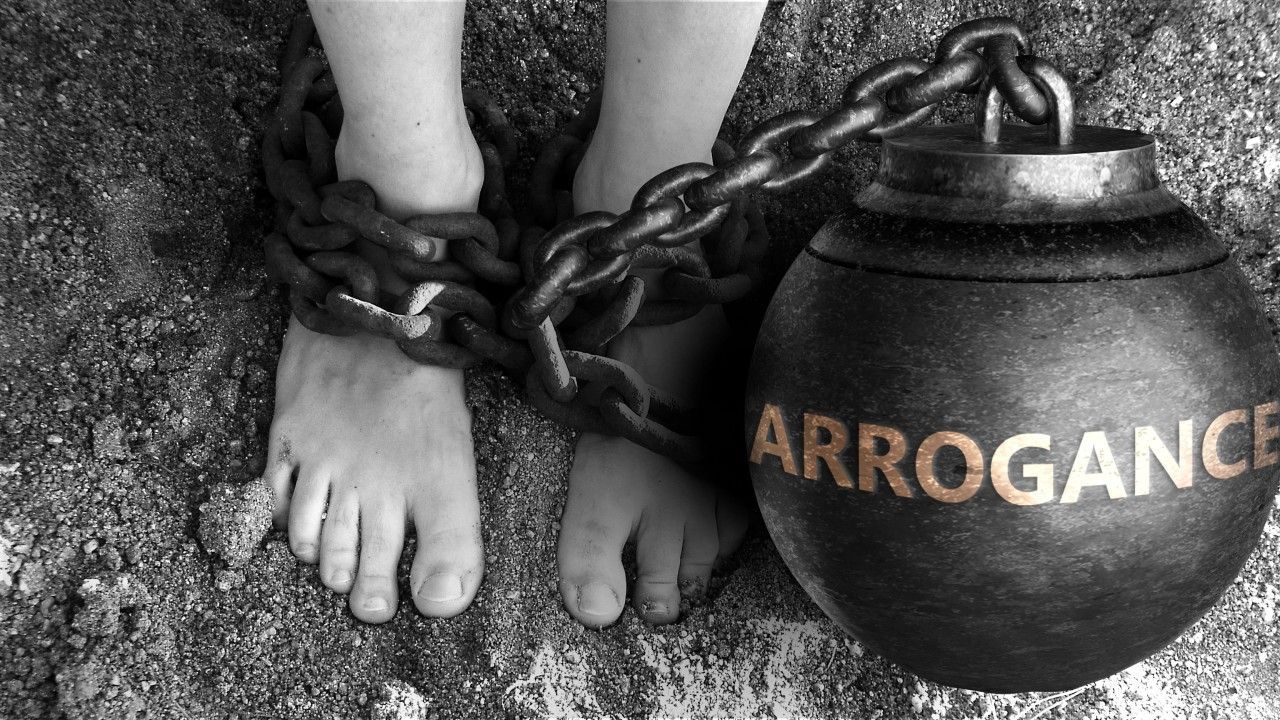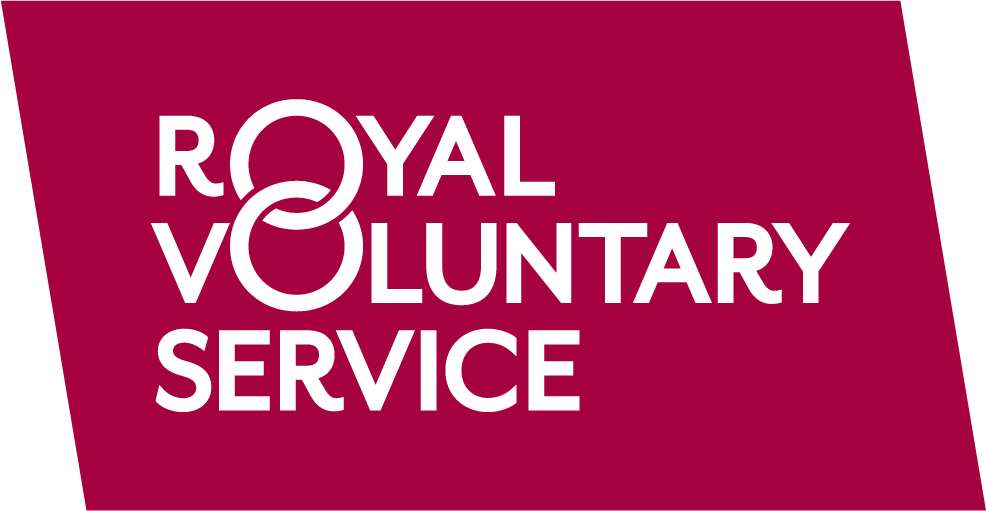We provide advisory and training services to boards
focused on increasing board effectiveness.
What differentiates Boardelta?
Its’ track record, approach and value for money and the fact that the work is delivered by a highly experienced chair who is a thought leader in Board effectiveness and governance.
Boardelta has extensive experience across a wide range of sectors, sizes and types of organisations from start-ups to multi-billion dollar corporates.
Boardelta is also a social enterprise, its work in the social sector and for smaller organisations is heavily discounted to enable social sector organisations to afford premium quality advice and development. A significant proportion of revenue is donated to four charities Boardelta’s founder is closely associated with.
About
Patrick Dunne OBE
Chair of board consultancy Boardelta and the charities The Royal Voluntary Service and Education Sub Saharan Africa (ESSA).
Patrick’s executive experience was with Air Products and with FTSE 100 private equity 3i Group plc where he was Communications Director, a member of its Operating committee and Chair of its Operational Risk forum.
-
Read More ...
He has supported Chairs across a wide range of sectors in Europe, Africa, Asia and North America in transforming the effectiveness of their boards through Boardelta. A member of the Higgs review and author of the award winning “Boards” he has helped to establish many successful courses on board skills over the last twenty years including for the BVCA, Invest Europe and the Financial Times.
Patrick has a passion for education and is a former member of the General Council of the University of Warwick, a Visiting Professor at Cranfield School of Management, and an Associate Fellow at Warwick Business School. He is also a former Chair of the Oversight Board for the Chartered Management Consultant and former Trustee of the Chartered Management Institute.
He has a degree in Mathematics and Statistics from the University of Warwick and an MBA from Cranfield and is a Fellow of the Royal Statistical Society.
As the founder of Warwick in Africa, ESSA and EY Foundation and former Chair of Leap Confronting Conflict he is also a serial social entrepreneur and was awarded an OBE in the King’s 2023 Birthday Honours list for services to charity and philanthropy in Africa and the UK.

Five Generations at Work: How we win together, for good explores how to maximise the dynamics of our generational diversity to create more collaborative and competitive organisations. An energising and pragmatic read, this book unpacks six years of research and work with organisations and individuals who are taking progressive action to lead from lenses versus labels, evidencing the value of generational diversity.
For the first time in history, we have up to five generations at work. In the context of a world in flux and polycrisis, our diversity is a powerful force multiplier for good, if we debunk the stereotypes and know how to unlock it.

His award-winning book “Boards” has received wide acclaim and been described as:
Boards, the 2nd edition of the award-winning book, provides a practical, realistic, thought-provoking and useful guide to life as a board member.
Fully updated, the “Purpose”, “People” and “Process” structure continues to work well with new content covering the pandemic and its impact on boards and how they operate, diversity and inclusion, culture, stakeholder management, board reviews, smaller listed companies as well as the increased use of technology. This combined with a series of real-life dilemmas for readers to practice on, makes this book an ideal companion whether you are an aspirant, novice or seasoned campaigner.
Drawing on Patrick’s extensive range of experience working with and on boards in many sectors, in the UK and internationally, it is equally applicable to business, charities and social enterprises, professional services firms, public bodies and universities.
The book is also written in a highly accessible and engaging style that brings life and fun to what is a very serious topic.
Boards has won the HR & Management Category of the Business Books Awards for 2020, and in the judges' decision:
'An easy read, it delivers invaluable advice, with practical, real-life case studies, that enable the reader to better understand the challenges of working at board level. Whether you are a new or experienced board member, or on the senior leadership team working with board members, this is an invaluable guide that will enable, empower and enrich your understanding, interactions and contribution.'
Advisory
Boardelta’s advisory services, by their very nature, are highly tailored to the client’s specific situation but have included supporting:
- Chairs in bringing about a transformation in board effectiveness.
- Chairs and CEOs to improve the quality of interaction between the Board and the executive leadership.
- Chairs and CEOs in achieving alignment between stakeholders
- A board through major challenges of a financial, regulatory or organisational nature.
- Helping VC or PE investors establish a consistent and effective model and policies for the way that they compose and interact with the Boards of portfolio companies.
- Through facilitating simulations of challenging or complex situations to enhance board resilience. These have ranged from resolution process board meetings for major banks to industrial accidents or preparing for difficult strategic choices or crisis situations.
- Founders and investors to establish boards as well as the core processes to ensure high performance.
Training
Boardelta’s training is rooted in the characteristics of high performing boards, tailored to the relevant context and culture and delivered in a highly participative, practical and engaging way.
Sessions range from one hour focussed virtual sessions on a specific topic to two-day intensive ones covering a broader range of topics.
Recent topics have included:
- Characteristics of high performing Boards
- Behavioural Dynamics
- High performing interaction between Board and executive
- Decision making
- Data Savvy Boards
- Managing conflict
- Board Sub-committees
- Simulations
Thought Leadership
At 3i Patrick built a highly successful series of “People” Programmes to enhance the quality of 3i’s portfolio boards and management teams across the world. He was also a pioneer in peer-based Board training and helped to establish a range of leading board effectiveness training programmes including those for the Financial Times, the BVCA and Invest Europe.
He was also a member of the Higgs Review group helping to shape the governance of major listed companies.
Patrick's articles and podcasts for a range of organisations also provide a regular flow of thought provoking content for Board members and leadership teams.
This is a paragraph. Writing in paragraphs lets visitors find what they are looking for quickly and easily.
This is a paragraph. Writing in paragraphs lets visitors find what they are looking for quickly and easily.
Chairs in bringing about a transformation in board effectiveness. Chairs and CEOs in achieving alignment between stakeholders
Chairs and CEOs to improve the quality of interaction between the Board and the executive leadership.
Boardelta Insights






Get in touch
Thank you for contacting us. We will get back to you as soon as possible.





